Article created by: Shelly Fourer
Pictures don’t only speak a thousand words; they also elicit strong emotions. They can move you to tears, bring an ear-to-ear grin on your face, or send frightening chills down your spine.
These images are about the latter. Seeing them at first glance likely won’t induce the instant creeps, but reading about their backstories may do that. Some were taken moments before disaster, while others were just downright disturbing.
Scroll away and see for yourself.

In an article, Kent described what happened that day:
“We were all just shocked … and then, all of a sudden, there was this big cloud overhead, and lights in the sky,” Kent recalls. “It even hurt our eyes when we looked up. The whole sky turned strange. It was as if the sun came out tremendous.” A few hours later, she says, white flakes began to fall from above. Excited, the girls put on their bathing suits and, amid the flurries, began playing in the river. “We were grabbing all of this white, which we thought was snow, and we were putting it all over our faces,” Kent says. “But the strange thing, instead of being cold like snow, it was hot. And we all thought, ‘Well, the reason it’s hot is because it’s summer.’ We were just 13 years old.”[1]
The flakes were fallout from the Manhattan Project’s Trinity test, the world’s first atomic bomb detonation. It took place at 5:29 a.m. local time atop a hundred-foot steel tower 40 miles away at the Alamogordo Bombing and Gunnery Range, in Jornada del Muerto valley. The site had been selected in part for its supposed isolation. In reality, thousands of people were within a 40-mile radius, some as close as 12 miles away. Yet those living near the bomb site weren’t warned of the test. Nor were they evacuated beforehand or afterward, even as radioactive fallout continued to drop for days…
Barbara Kent and all her friends developed cancer. Every single one of the girls you see in that photo, died before the age of thirty. The only one who lived longer was Kent. And she, too, developed and survived several bouts of cancer. People often forget of the heavy price paid not only by those the atomic bombs were dropped on in Japan, but even by those who lived nearby as they were first developed.
 Baby dolphin dies after swimmers pass it around.
Baby dolphin dies after swimmers pass it around.
And there wasn’t even one nice human being to say how WRONG this is.
Makes me really sad every time I see it on social media.
 This photo of what looks like a few people in jumpsuits walking out of a building.
This photo of what looks like a few people in jumpsuits walking out of a building.
In actuality it’s the last moment the crew of Challenger was photographed, a few hours before their launch. Their shuttle exploded just a minute after launch, but they didn’t die then- evidence indicates they died a few minutes later when the capsule hit the ocean.
 It is the last known picture of Chester Bennington, leader of the rock band Linkin Park, with his family. Less than 24 hours later, he committed suicide. It reminds me of the overwhelming power that depressive states have on human being, totally annihilating the very soul of this artist, who could not overcome whatever black and silent abyss prevented him to feel the love of his 6 children and the one of tens of thousands fans adoring his concert performances. Che la terra ti sia lieve, Chester, you left great art and a painful void.
It is the last known picture of Chester Bennington, leader of the rock band Linkin Park, with his family. Less than 24 hours later, he committed suicide. It reminds me of the overwhelming power that depressive states have on human being, totally annihilating the very soul of this artist, who could not overcome whatever black and silent abyss prevented him to feel the love of his 6 children and the one of tens of thousands fans adoring his concert performances. Che la terra ti sia lieve, Chester, you left great art and a painful void.
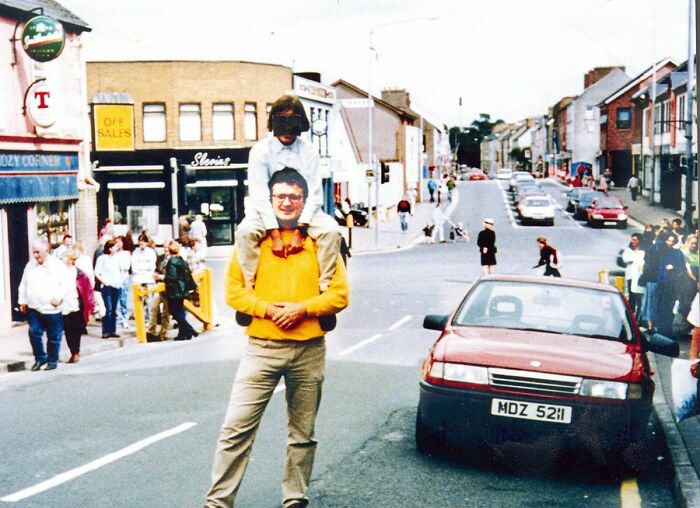 Before the Omagh bombing in Northern Ireland. Almost immediately after this photo was taken, a bomb was set off in the red car beside the boy on his dad’s shoulders. The father and child survived miraculously, but the photographer and 28 others died, while around 220 were injured.
Before the Omagh bombing in Northern Ireland. Almost immediately after this photo was taken, a bomb was set off in the red car beside the boy on his dad’s shoulders. The father and child survived miraculously, but the photographer and 28 others died, while around 220 were injured.
 At first you think she’s just a cute old lady cooking outside. Obviously the topic is who is this lady and who was she, what did she have in that cauldron.
At first you think she’s just a cute old lady cooking outside. Obviously the topic is who is this lady and who was she, what did she have in that cauldron.
Leonarda Cianciulli was an Italian serial killer. Better known as The Soapmaker of Correggio, she killed three women in the town of Correggio, Reggio Emilia, between 1939 and 1940, and turned their bodies into soap and pastries using caustic soda or sodium hydroxide.
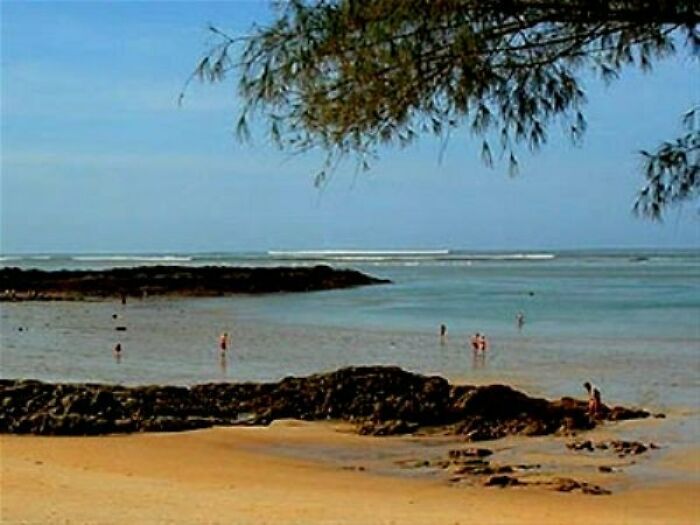 The picture was actually found on the camera of two vacationers who were swept away in the 2004 tsunami, which resulted in over 230 000 deaths.
The picture was actually found on the camera of two vacationers who were swept away in the 2004 tsunami, which resulted in over 230 000 deaths.
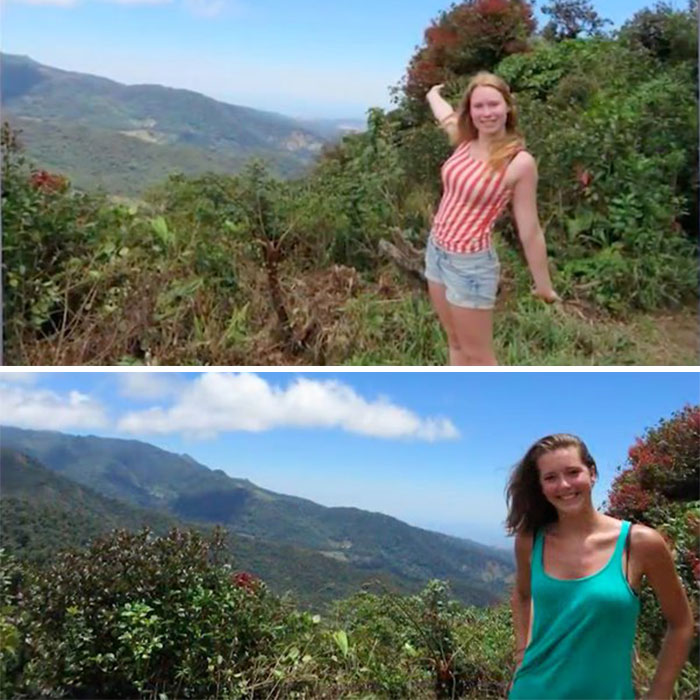 This is a series of photos taken by two Dutch hiking women (Kris Kremers and Lisanne Froon) before their disappearance in Panama.
This is a series of photos taken by two Dutch hiking women (Kris Kremers and Lisanne Froon) before their disappearance in Panama.
 Remember when it was in the news that a Russian ambassador had been murdered in Turkey?
Remember when it was in the news that a Russian ambassador had been murdered in Turkey?
Here he is moments before his death.
That man anxiously standing behind him?
His assassin.
 This picture was taken just a few minutes before both brothers were struck by lightning in the Sierra Nevada mountains in 1975. Luckily for both Michael and Sean, they survived the lightning strike.
This picture was taken just a few minutes before both brothers were struck by lightning in the Sierra Nevada mountains in 1975. Luckily for both Michael and Sean, they survived the lightning strike.
 When this selfie of three happy teenagers was taken, two of the girls had approximately 10 seconds left to live. The third girl lived for three more days but the injuries were too severe.
When this selfie of three happy teenagers was taken, two of the girls had approximately 10 seconds left to live. The third girl lived for three more days but the injuries were too severe.
They are standing right by the wind and noise from a passing westbound train and can not hear a second train coming in from the opposite direction. At right is the halo from that train and the railroad track.
Life is incomprehensibly fragile.
 The Thousand Yard Stare
The Thousand Yard Stare
This is 27-year-old Italian Corporal Antonio Metruccio of the 3rd Eagle Company, 66th Regiment aircraft Trieste.
Corporal Metruccio was asked to pose for the camera by a photographer moments after a 72-hour long continuous (three straight days) firefight in Bala Murghab, Afghanistan. In that fleeting moment, he couldn’t muster even a faint smile after a heavy encounter with the enemy, but rather he could only show a very haunting Thousand Yard Stare, which characterizes shell shock.
Bala Murghab is located in Badghis Province of northwestern Afghanistan, near the border of Turkmenistan where gun and drug smuggling in addition to Taliban activities are known to take place.
The Thousand Yard Stare is an acute stress reaction characterized by a limp, blank, unfocused gaze of a battle-weary soldier who has survived some terrible fighting. However, it can also occur to persons who have undergone other types of trauma.
By the looks of it, Corporal Metruccio had seen death at close range determined to claim his life and the life of his comrades. His Thousand Yard Stare shows death is real.
 This one. It’s a wedding reception, people are dancing and celebrating, not a care in the world. In a few seconds, the floor that they’re dancing on will collapse and they will fall two stories. Many of them will die.
This one. It’s a wedding reception, people are dancing and celebrating, not a care in the world. In a few seconds, the floor that they’re dancing on will collapse and they will fall two stories. Many of them will die.
This is from the wedding hall disaster that occurred in Jerusalem in 2001. I watched this incident when it was first reported on, one time, and it scared me in a way that I’ve never been scared before. It scared me more than watching 9/11. Watching those faces turn from being joyous to terrified, the sounds go from a locomotive of happy chatter to a chorus of helpless screams, for just a second before they all disappeared, shook me to my core. To this day I cannot bring myself to watch the incident again, my fingers won’t dare press play.
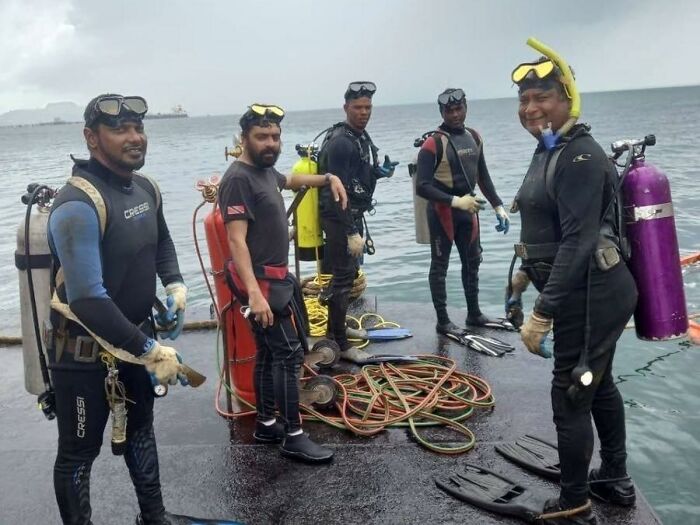 This story is about coworkers and friends. Five men whom at first did not know each other but grew to trust each other and have unwavering faith in each other as was needed in any dive team that worked on oil pipelines.
This story is about coworkers and friends. Five men whom at first did not know each other but grew to trust each other and have unwavering faith in each other as was needed in any dive team that worked on oil pipelines.
The photo above seems unassuming…
All 5 men looking at the camera without an idea of what would become of their lives.
This is the Paria diving incident…
The incident claimed the lives of Christopher Boodram’s colleagues; Fyzal Kurban, Yusuf Henry, Kazim Ali Jr and Rishi Nagassar.
These men worked for Land and Marine and Construction Services (LMCS) and were repairing a defective portion of Paria Fuel’s Sealine 36’s riser off the Port of Pointe-a-Pierre on February 25 when the deadly accident happened.
A Delta P event aka a Differential pressure event happened shortly after lunch that day and caused all of these divers to be sucked into the an oil pipeline. The Delta P event happened when the divers removed an inflatable plug, causing a vortex and inevitably led to the deaths of four men with only one surviving (Chris).
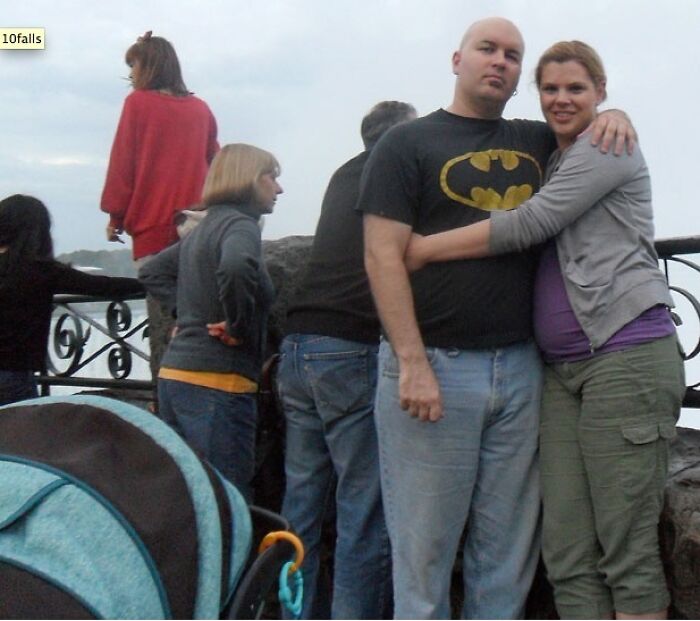 Ayano Tokumasu, a person in a red sweater in the background, lost her footing while posing for a picture and fell into Niagara Falls.
Ayano Tokumasu, a person in a red sweater in the background, lost her footing while posing for a picture and fell into Niagara Falls.
 The photograph above shows nine men from the “Eight-Nation Alliance” taken in 1900, shortly after the suppression of the Qing Dynasty-initiated Boxer Rebellion — United Kingdom, United States, Australia, India, Germany, France, Austria-Hungary, Italy, and Japan respectively.
The photograph above shows nine men from the “Eight-Nation Alliance” taken in 1900, shortly after the suppression of the Qing Dynasty-initiated Boxer Rebellion — United Kingdom, United States, Australia, India, Germany, France, Austria-Hungary, Italy, and Japan respectively.
Apparently, the intention had been to make the British soldier the tallest in the photograph to demonstrate their genetic superiority, only for the Americans to snuff this mandate by sending a taller man from their country — prompting the British to place a tall hat on their man.
According to some claims, everybody in the above photograph, except the American, would die a violent death, with the British soldier dying during the First Battle of Ypres in 1914, the Indian being hanged for treason in 1915, and the Japanese soldier dying in an air raid in 1944 among other examples.


0 Comments